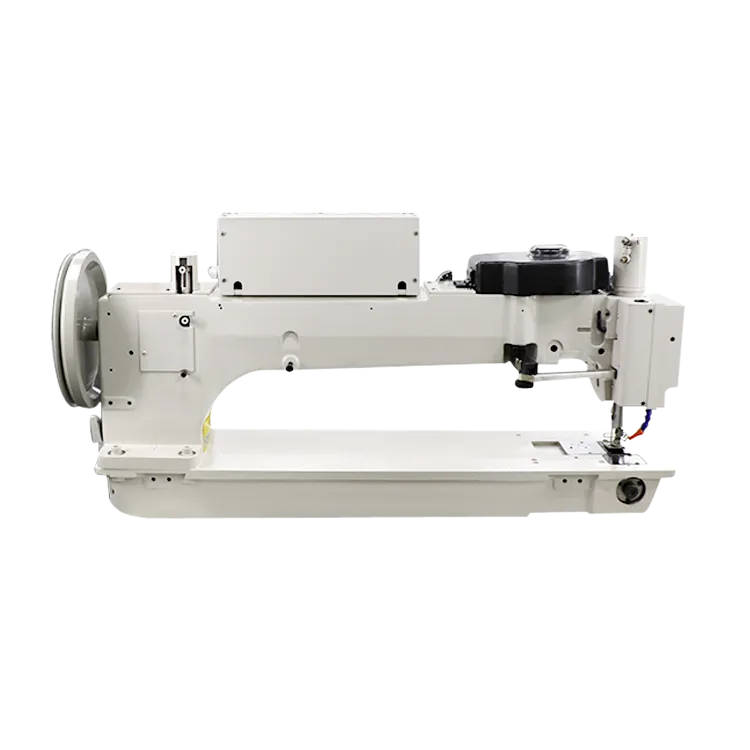what does overlock stitch look like
Understanding Overlock Stitch What It Looks Like and Its Uses
In the world of sewing and garment construction, the overlock stitch stands out as a crucial technique. Also known as a serger stitch, the overlock stitch is commonly used to finish the edges of fabrics, preventing fraying and creating a professional-looking edge. If you're curious about how this stitch looks and its applications, you’ve come to the right place.
What is an Overlock Stitch?
An overlock stitch is formed using a specialized machine called a serger. Unlike a traditional sewing machine, which typically uses two threads to make a straight stitch, a serger can simultaneously use three or four threads. This unique capability allows it to create a stitch that securely binds fabric edges while also trimming excess fabric. The result is a clean, finished edge that is both functional and aesthetically pleasing.
Visual Characteristics of Overlock Stitch
When you look at overlock stitches, you will notice several distinctive features. Typically, an overlock stitch appears as a series of interlocking loops and stitches that encase the fabric edge. The most common types of overlock stitches include
1. 3-thread Overlock This type uses three threads and provides a narrow, lightweight seam. The stitch looks like a series of continuous loops along the fabric edge, creating a clean finish without adding much bulk.
2. 4-thread Overlock This variant adds an additional thread, which gives the seam more strength and durability. Visually, it appears similar to the 3-thread version, but with more pronounced stitching that offers better security, making it ideal for stretch fabrics like knits.
3. Rolled Hem A rolled hem overlock uses a modified technique to produce an even more delicate finish, great for lightweight fabrics like chiffon or silk. The result is a narrow, finely rolled edge that looks polished and professional.
what does overlock stitch look like

The colors of the threads can vary, and many sewists choose contrasting colors, allowing the stitch design to be a decorative element as well. This can add creative flair, especially in garment construction or tailored projects.
Uses of Overlock Stitch
Overlock stitches are prevalent in both professional and home sewing, and their uses span a wide range of applications
- Finishing Edges The primary use of overlock stitches is to finish the raw edges of fabric, preventing fraying and unraveling.
- Sewing Stretch Fabrics The stretch and flexibility of the overlock stitch make it ideal for sewing knits and other stretchy materials. It allows for movement without breaking the seam.
- Creating Seams Overlock stitches can also be used to create seams, providing a smooth, flat finish that is less bulky than traditional sewing techniques.
- Decorative Elements As mentioned earlier, using different thread colors can turn a functional edge into a decorative feature, adding uniqueness to handmade clothing.
Conclusion
In summary, an overlock stitch is a vital aspect of modern sewing that facilitates professional edge finishes and durable seams. The unique appearance, characterized by a series of interlocking loops, not only provides structural integrity but also enhances the visual appeal of the finished product. Whether you’re a seasoned sewist or a novice exploring the world of fabric and thread, understanding the overlock stitch will equip you with the knowledge to elevate your sewing projects to new heights. As with any sewing technique, practice will enhance your skill and familiarity with this essential stitch. So, grab your fabric and serger, and let your creativity unfold!
-
Boost Production Efficiency with a Pattern Sewing MachineNewsAug.29,2025
-
Industrial Excellence with the Best Heavy Duty Sewing MachineNewsAug.29,2025
-
Precision and Power with the Best Pattern Sewing MachineNewsAug.29,2025
-
Reliable Bulk Packaging Starts With the Right FIBC Sewing MachineNewsAug.29,2025
-
Advanced Packaging Solutions: Elevate Productivity with Jumbo Bag Sewing Machine and Industrial Stitching EquipmentNewsAug.29,2025
-
High-Performance Solutions for Bulk Packaging: FIBC Sewing Machine and MoreNewsAug.29,2025
-
Maximize Efficiency with an Industrial Cylinder Arm Sewing MachineNewsAug.28,2025


























